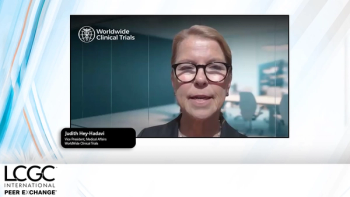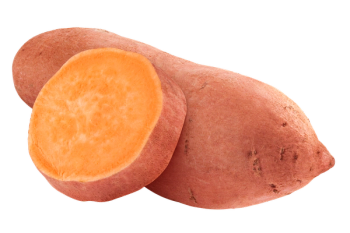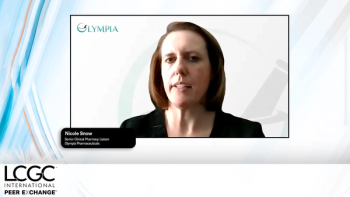
Research Awards to Be Presented at ASMS
The winners of the 2019 Research awards from the American Society for Mass Spectrometry (ASMS) are James F. Davies of the University of California, Riverside; Nicolas L. Young of Baylor College of Medicine (Houston, Texas); and Eleanor Browne, of the University of Colorado, Boulder.
The winners of the 2019 Research awards from the American Society for Mass Spectrometry (ASMS) are James F. Davies of the University of California, Riverside; Nicolas L. Young of Baylor College of Medicine (Houston, Texas); and Eleanor Browne, of the University of Colorado, Boulder. The awards will be presented on Tuesday, June 4, at the Georgia World Congress Center in Atlanta, Georgia.
The Research awards promote the research of academic scientists within the first four years of joining the tenure track or research faculty of a North American university at the time the award is conferred. These awards, in the amount of $35,000 for each winner, are fully supported by Bruker, Thermo Fisher Scientific, and Waters Corporation.
Callie Cole of Fort Lewis College (Durango, Colorado) is the winner of the 2019 Primarily Undergraduate Institution Research Award, also to be presented on June 4. The $20,000 award, sponsored by Agilent, promotes academic research in mass spectrometry by faculty members and their students at primarily undergraduate institutions. It is given to the recipient’s institution on behalf of the recipient’s research.
Newsletter
Join the global community of analytical scientists who trust LCGC for insights on the latest techniques, trends, and expert solutions in chromatography.





